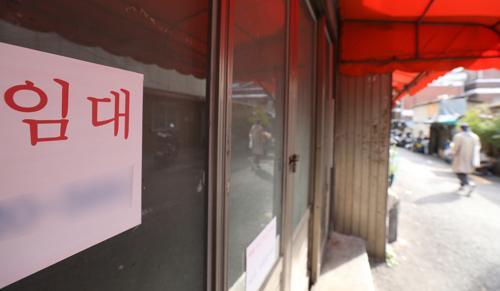Changshin-dong sewing area hit hard due to Chinese platforms
Changshin-dong sewing area hit hard due to Chinese platforms
Posted October. 26, 2024 07:51,
Updated October. 26, 2024 07:51

On Wednesday afternoon in Changshin-dong, central Seoul, Cha Gyeong-nam (65) gazed helplessly inside the empty sewing factory. He had been renting and running the 1,400 sqft factory, but now it was empty of employees and sewing equipment. “I couldn’t afford the losses anymore, so I put the factory on the market in February this year, but it still hasn’t found a new tenant,” he said. “I also have a jeans factory, but I’m worried about that too.”
South Korea’s sewing industry, which has been centered in Seoul’s Jongno and Jung-gu districts for more than 60 years, is in trouble. In Changshin-dong, a neighborhood where sewing factories flocked during the textile industry boom in the 1960s, the sound of sewing machines could be heard constantly. Its alleys were bustling with vendors from Dongdaemun Market who came to order clothes every morning.
But in recent years, the sewing industry has been hit hard by the influx of cheap clothes into the country’s market from Chinese e-commerce companies such as AliExpress and Temu and Chinese fast fashion company Shein. “Sales have dropped nearly 50 percent year-on-year this year as more people are willing to buy cheap clothes made in China,” sighed Park Man-bon, who runs a female clothing factory in the area.
On Wednesday afternoon, the streets of the Changshin-dong sewing neighborhood were littered with “40-pyeong space for rent” signs and unlit sewing shops. October is usually known as the industry’s peak season for making fall and winter clothes, but there was no sign of bustling energy in the area.
Fashion schools, which are supposed to produce world-class designers like the next Andre Kim and Woo Young-mi, have been closing down one after another. Five fashion schools in Changshin-dong, which the reporter visited on Wednesday, were closed, and their doors were firmly shut. “Those who study at a fashion school weren’t able to get a job so the school closed in February this year,” said a building manager. “If the domestic sewing industry dies, relevant industries will inevitably die as well,” said Jeong Jae-woo, a professor of fashion design at Dongduk Women’s University. ”China is ahead both in technology and unit costs, so it is urgent to take measures to revive the industry.”
손준영 기자 hand@donga.com







